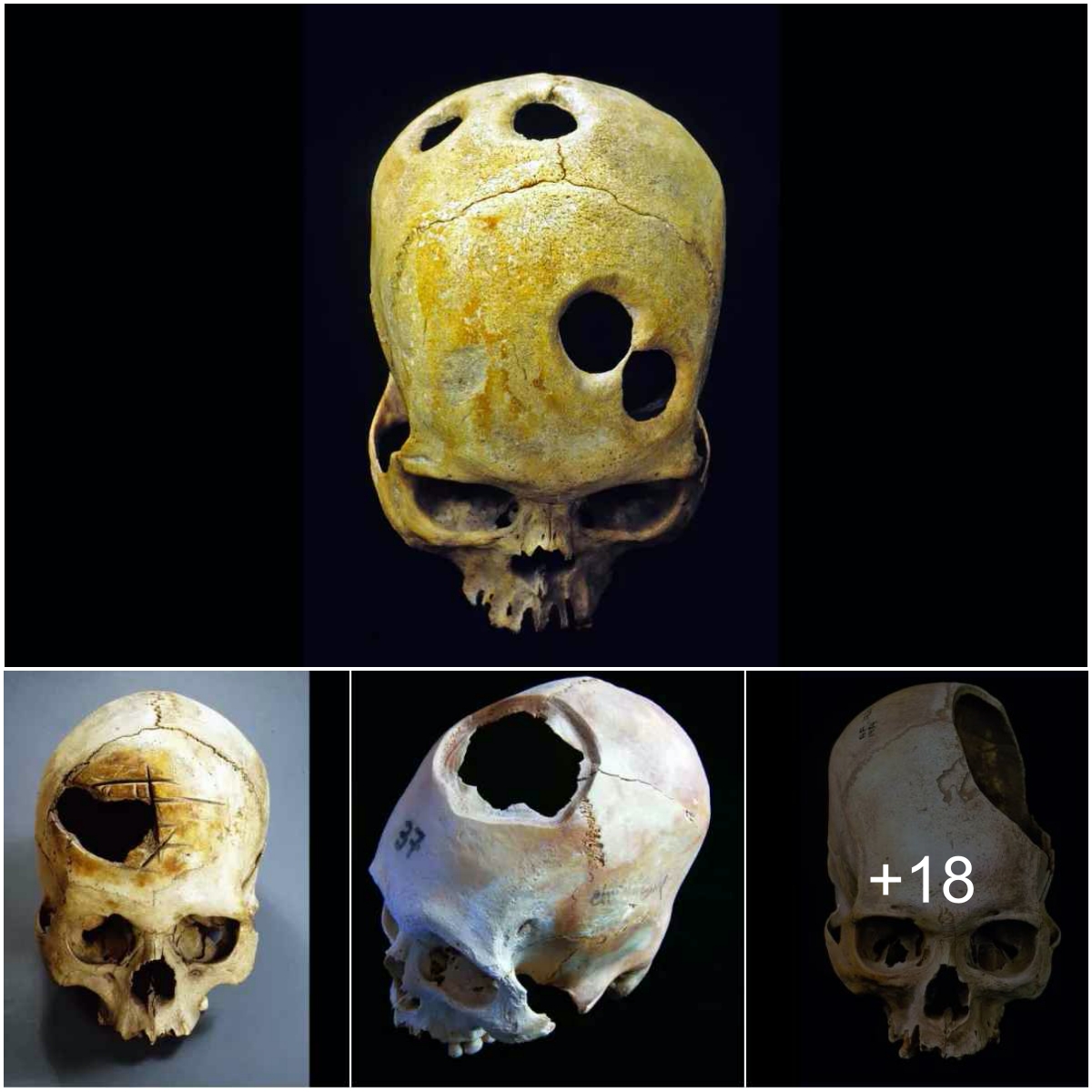While performing excavations at a site known as Qubbat al-Hawā in southern Egypt in 2019, archaeologists from the University of Jaén in Spain made a strange and startling discovery. They unearthed a tomb that contained the remains of 10 mummified crocodiles, which once swam the waters of the River Nile in large numbers during the time of the ancient Egyptian pharaohs.

Two of the Spanish archaeologists have joined forces with a pair of Belgian scientists to produce a full and complete analysis of the skeletons of these mummified crocodiles and their tombs, published in the journal PLOS One .

Ten mummified crocodiles unearthed in an undisturbed tomb in Qubbat al-Hawā, discovered in 2019. ( Patricia Mora Riudavets / Royal Belgian Institute of Natural Sciences )
Excavations of Rock-Cut Tombs Revealed Mummified Crocodiles
Qubbat al-Hawā is the site of an ancient Egyptian necropolis and is located on the western bank of the Nile opposite the historic city of Aswan. Its collection of over 100 tombs features the resting places of many aristocrats and priests, mostly from the age of the Old and Middle Kingdoms (2,700 to 1,800 BC).
The small, rock-cut tomb of the crocodiles, which contained five skeletons and five crocodile skulls, was located right next to six tombs that held the bodies of many local dignitaries, signifying the importance of this unique ritual burial. While the necropolis at Qubbat al-Hawā was still in use as late as the Roman period, the Belgian researchers have confirmed that the crocodiles were entombed sometime during the pre-Ptolemaic era, or before 304 BC.

Overview of some of the Qubbat al-Hawā tombs, including the crocodile tomb on the right. (José Luis Pérez Garciá)
Sacrifices to Sobek, the Crocodile-Headed God
In ancient Egypt, crocodiles were used in rituals dedicated to Sobek, the god of water, fertility and pharaonic power and influence. In addition to his role in helping Egypt’s pharaohs achieve and preserve political and military strength, Sobek was also said to protect the people from the dangers associated with the Nile.
These would have included rapid and massive flooding, exposure to waterborne diseases, and attacks by ferocious creatures including venomous snakes, hippopotami, and crocodiles – the same crocodiles that were used in rituals meant to appease the mighty Sobek, who was usually portrayed with a man’s body but a crocodile’s head.

The skeletal remains found in the tomb belonged to two different species: the West African crocodile and the iconic Nile crocodile , both of which proliferated in the Nile region thousands of years ago.
The crocodile five bodies ranged in size from six to 11 feet (1.8 to 3.5 meters) long, which is average size for a West African adult but on the small side for the Nile version (the latter can grow to twice the length of a West African type). Three of the five skeletons were virtually complete, but the other two had a lot of missing parts.

Statue of Sobek, the crocodile-headed god, from the mortuary temple of Amenemhat III, on display at the Ashmolean Museum in Oxford. (BVBurton / CC BY-SA 4.0 )
Rare Discovery of Intact Mummified Crocodiles at Qubbat al-Hawā
One of the intact mummified crocodiles was so perfectly preserved that the archaeologists found stones known as gastroliths still present it its intestines. These are small rocks that reptiles will sometimes swallow to help them digest food, or in the case of crocodiles to help them maintain their balance while immersed in water. The presence of gastroliths helped confirm that the crocodiles were not cut open and cleaned out after their deaths, but were mummified in a more natural state.
There were no signs of physical injury on the skeletal remains of the mummified crocodiles. Ancient Egyptians captured the dangerous creatures by ensnaring them with nets, and the researchers speculate the crocodiles buried in the tomb were either drowned, suffocated or baked in the hot sun to ensure they were dead before been sent off to the afterworld.
The unfortunate creatures were being offered to Sobek as sacrifices, with the proper rituals being carried out beforehand to make sure the sacrifices would be accepted and would bring favor to the Egyptian people.

Archaeologist Vicente Barba Colmenero excavating the skull of one of the mummified crocodiles from the tomb at Qubbat al-Hawā. ( Patricia Mora Riudavets / Royal Belgian Institute of Natural Sciences )
Post on : 24/02/2023 | By: thuhien | |





